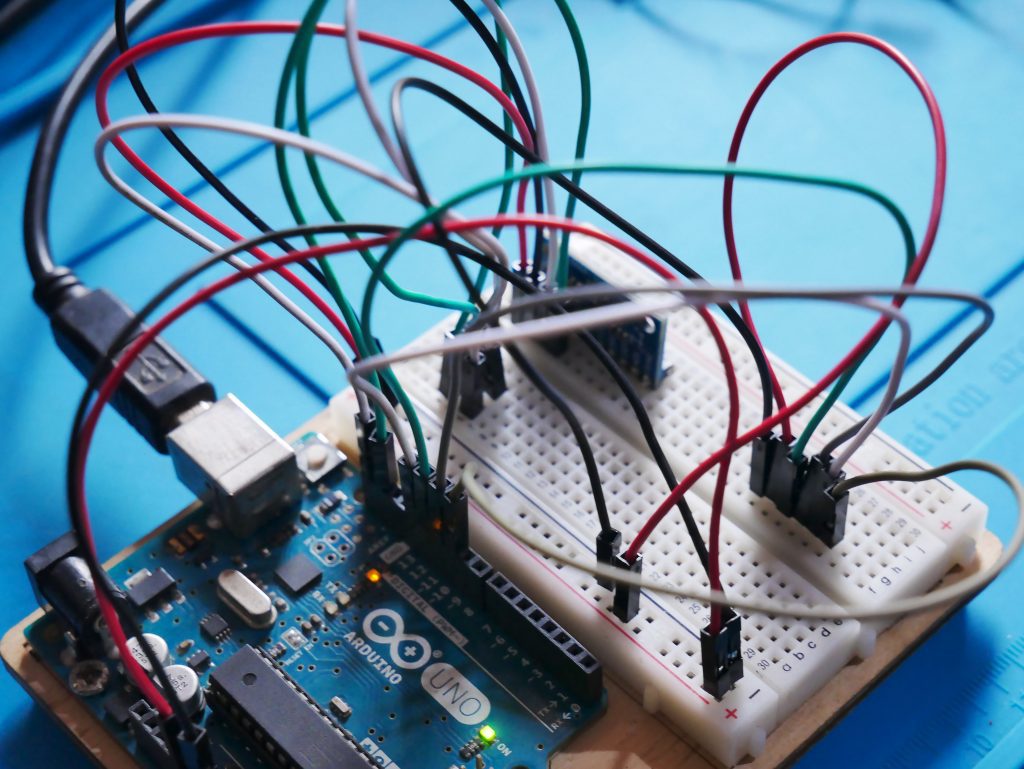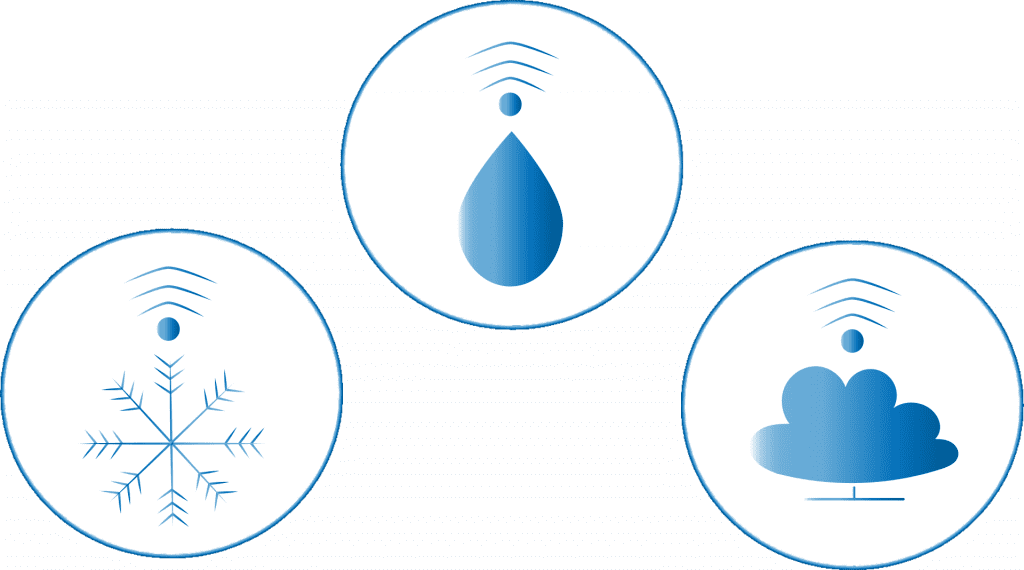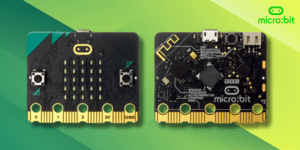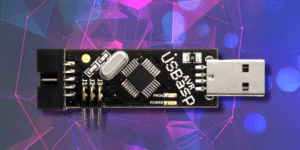Spis treści:
Measuring weather parameters is not only an interesting activity to better understand weather changes and the relationship between temperature, humidity, pressure, or type and level of rainfall. Knowing the current weather conditions is also important for practical reasons (better choice of clothing before leaving the house) as well as for safety – for drivers and elderly people it can be very important to be warned of potential ice on roads or pavements.
Do-it-yourself weather stations are a great opportunity to learn more about electronics and programming, including sensor operation, radio communication, or low-power modes of microcontrollers (in the case of battery-powered remote sensors). In our article we look at the subject of building a weather station from commercially available modules and elements.
A custom-made weather station – establishing project requirements
The construction of meteorological station, as any other project, should start with determining functional and technical requirements which we set for our system. In some cases it will be sufficient to connect (by means of a cable) an external set of sensors to a proper station, placed e.g. on an internal window sill or on… glass, if only by means of suction cups. This solution is by far the simplest one, as it will allow to avoid design complexities associated with the use of radio communication.
However, if we want to use a remote sensor (or a network of sensors), we should consider the use of ISM communication – simple and inexpensive 433 MHz, 868 MHz or 2.4 GHz modules (e.g. nRF24L01) are usually used for this purpose, although many people may want to use Bluetooth or one of the standards dedicated for IoT devices (e.g. ZigBee).
The next stage is to determine the type, number and arrangement of sensors – the basic set (temperature, humidity and atmospheric pressure sensors) can be expanded with a wind speed and direction sensor, a container for measuring the amount of rain, a sun level sensor, a lightning detector and even… air quality sensor. Laser dust sensors are most often used as the latter, although one might be tempted to use one of the electrochemical VOC sensors.
How to set up the meteo station?
A very important aspect for keeping high accuracy of measurements and using full capabilities of applied sensors, and at the same time often neglected by novice engineers, is a proper positioning of meteorological station. It turns out that placing a set of sensors in any place outside a building can cause significant measurement results disturbances – for example a shadow of a building or a nearby tree can easily interfere with temperature measurement if the sensor is not placed in a proper cage (measurement chamber), while the presence of a wall or bushes can negatively influence the reliability of wind direction and strength measurement. Therefore temperature and humidity measurements should be made at a suitable height above the ground and the sensors should be placed in a ventilated, roofed cage. On the other hand, wind sensors are usually mounted on a sufficiently high pole, which in non-professional conditions can be constructed from a piece of metal pipe, e.g. a typical antenna pole (in a one-family house you can even try to use an existing pole to mount the anemometer on it).
Electronics and software
After determining the most important design aspects, you can start doing what DIYers like the most – building the electronics and programming the station. Most people will choose an Arduino or Raspberry Pi board as the controller – the first solution will work best if you want to transfer data to a computer or display measurement results on a simple LCD, LED or small graphic screen.
To fully enjoy a high quality windowed interface, however, you should use a Raspberry Pi, which will also allow you to transfer data to the network very easily. There is nothing to stop you from using the LAMP package (a combination of Apache server, PHP language and MySQL database) to create your own website and share it with your household, friends or even anyone interested from anywhere in the world.
People less advanced in electronics design and programming can take advantage of the simple micro:bit ecosystem and Weather:bit overlay, which allows them to connect a set of sensors to the BBC micro:bit base board and program the whole thing in an intuitive graphical IDE environment – makecode.microbit.org.
How useful was this post?
Click on a star to rate it!
Average rating 0 / 5. Vote count: 0
No votes so far! Be the first to rate this post.









